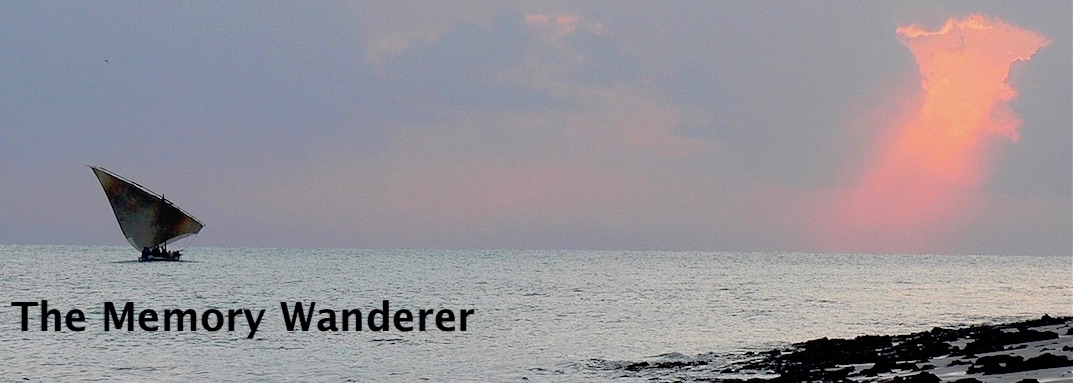
Wednesday, June 30, 2021
Grey Day Walk
Tuesday, June 29, 2021
Golspie Dolphins

....a dolphin sounding.
We had been told that dolphins could be seen off Golspie but with so little evidence of prey species and, this year, not a sign of bait fish, we didn't expect to see them.
They were far out in the firth, at the absolute limit of my camera's capabilities, so it was difficult to tell how many there were. The most we saw at any one time was two but I would guess there were half a dozen. They didn't seem in any hurry to go anywhere as we saw them, on an off, over a period of about an hour.So.... thank you to a small pod of dolphins for making our day.
Monday, June 28, 2021
Orchid News
Sunday, June 27, 2021
Eider Ducklings

I had assumed, wrongly, that all British eider flew north to breed and bring up their young in exotic places like Shetland and Iceland. My surprise at seeing eider still in the mouth of Loch Fleet a couple of weeks ago should have made me realise that some, at least, breed locally.
There was no sign of any males. Apparently they lose interest once the eggs are laid and the female begins to incubate them. As soon as the ducklings hatch the females take them out onto the water. Here the ducklings are reported to form large 'creches' supervised by a few females while the others go off to feed.....females, left, and some of these may have been immature ducks, but some, right, were definitely the missing males in their rather scruffy summer moult plumage.
Friday, June 25, 2021
Twinflower & Wintergreen
....the stalk bifurcates just below the two, bell-shaped flowers. It's an Arctic-Alpine plant, a relic of the ice age, which used to be much more widespread in Britain but is now only found in about fifty sites, exclusively in Scotland and many in the Cairngorms.
Thursday, June 24, 2021
Out with the Old?
There are times when I get very frustrated with my camera, particularly when the auto-focus throws a wobbly and refuses to work, and I keep thinking I really ought to get rid of it and buy something more up-to-date, but then I look at some of the pictures which, despite its limitations, the camera manages to produce, and I think I'd be an idiot to try something new, untested, the mechanics of which might well defeat me.
From top: meadow lark, oystercatcher with young, two-banded longhorn beetle,
and male large red damselfly.
Wednesday, June 23, 2021
North of Dunrobin

Tuesday, June 22, 2021
A Wildflower Explosion
With a late winter delaying spring and the sudden change to sunny, if not warm weather - the air temperature last night dropped to 3C - the wildflowers are running hard to catch up. It may be a result of the severe winter but it does seem to me that they are unusually good this year.
This is the first thrift we've found here. We're accustomed to seeing it clinging along the tide line below steep cliffs but....
....here we found it growing along the banks of the Culmaily Burn for a couple of hundred yards above where it reaches Loch Fleet. At high tides the flat, grassy areas on either side of the burn will be flooded by salty water, creating the conditions which thrift enjoys - much to the enjoyment, too, of the local bees.On the same 'flood plain' we found this plant. We've seen it before but have not been able to identify it, which is surprising as it's pretty obvious what it is - sea campion. It grows along the shores of Loch Fleet, in amongst the drying seaweed along the high tide line.Masses of yellow rattle are coming into flower in the grassy meadows below Dunrobin Castle. However, we also found........something very similar in Balblair Woods. The flowers on this are smaller, the leaves narrower, so I indentified it as greater yellow rattle, an odd name as it's smaller and more delicate. I find identifying wildflowers extremely difficult as there seem often to be a wide range of very minor variations, and this certainly applies to the yellow rattle family. For example........in amongst the more common, pale green variants below Dunrobin there were these slightly reddish plants.It is very rare to be able to identify a specific wildflower from one year to the next but this is an example. It's a northern marsh orchid and it's growing all alone behind a section of shingle beach just to the south of the castle, just as it did last year - see post here.

















































